National Park Passport Stamps obtained at this park
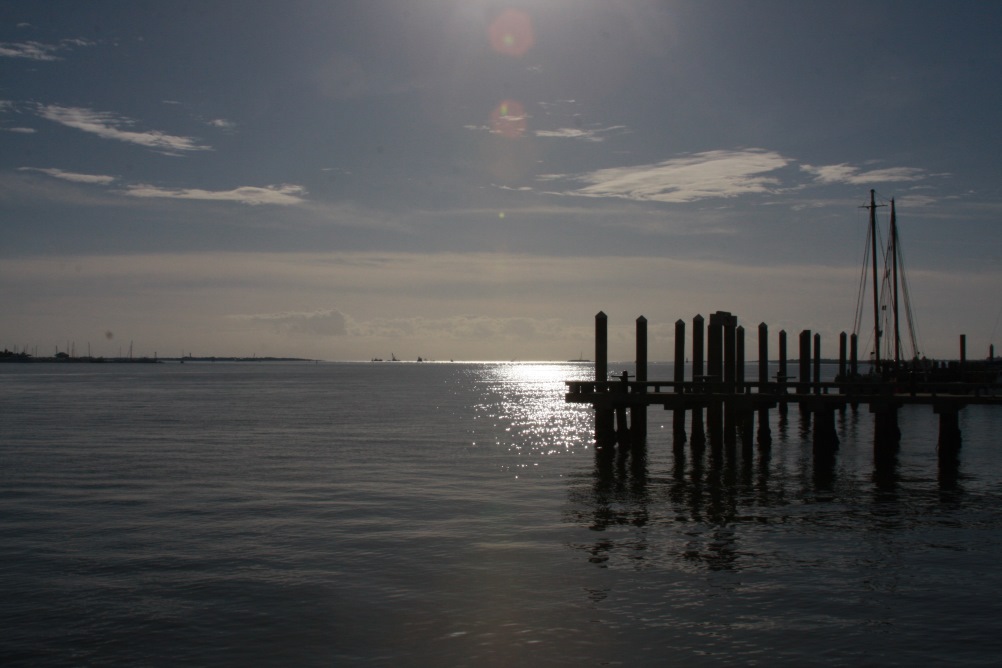
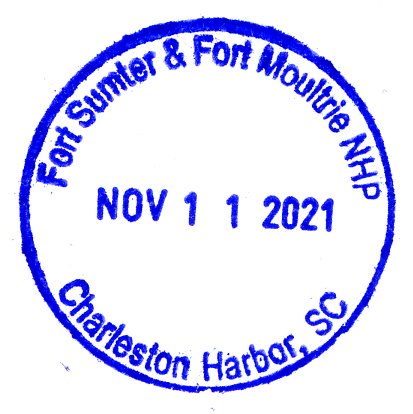
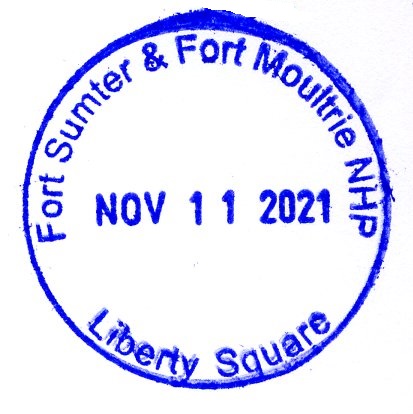
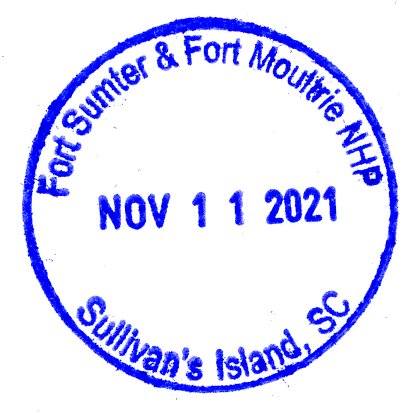
Official Park Visit Number: 10 of 433
Parks Remaining: 423
Location: Charleston, SC
Arrival Date: Nov 11, 2021
Passport Region: Southeast
Read my blog entry about this location.
See more photos that I took here.
Read my blog entry for this park.
Click on the park name to visit the NPS official park webpage.
Of the several forts that were part of my current trip, Fort Sumter is by far the best known. On April 12, 1861, secessionist troops opened fire on the fort, which sits on an island in the entrance to Charleston (SC) Harbor, marking the first conflict of the Civil War. Amazingly, the fort held out for 36 hours before being compelled to surrender as supplies dwindled.
The only way to the fort is by ferry ride provided by a National Park vendor. Once there, you are given one hour to explore the fort before the boat heads back to the main Visitor's Center in Charleston. Unfortunately, one hour is not really enough time to see all of the areas of the fort and read all of the information signs posted around the grounds.
My time to explore was shortened even more (though I won't complain about the reason) as the fort's flag is raised over the fort each morning by volunteers from the first ferry. I had the added advantage of visiting on Veteran's Day. The flag raising was supervised by a park ranger and former Marine, who gave a stirring talk about what the flag, the fort and the country meant to him. He then asked for volunteers - it took about 30 people to hold the huge flag (see photos) as it was hauled up the flagpole, to be seen for miles around the harbor. The flag itself was a replica of the 33-star flag that flew over Fort Sumter on that day in 1861. The original flag is on display in the museum inside the fort.
The afternoon was spend visiting Fort Moultrie, located northeast of Fort Sumter on a barrier island. This fort can trace its history back to a wooden structure hastily built during the American Revolution and commaned by Colonel William Moultrie. In its first action, it repelled an attack from the British Navy. Neglected after the war, it was revived in the 1790s for cosatal defense. After this version was destroyed by a hurricane, a third (and final) Fort Moultrie was built in 1809 which survives to this day. This fort saw action in the Civil War and was still in use during World War II. The self-guided tour of the fort actually leads through a door and down stairs to a WWII harbor command center complete with 1940s high-tech equipment - a jarring contrast to the standard 1800s cannon scattered around the rest of the fort.
One rather amazing fact about the Fort Sumter bombardment was that not one soldier was killed during the 36 hours battle. Then, in one of those ironic flukes of history, the victorious Confederates allowed the Union troops to fire a 100 gun salute as they left the fort. A round exploded early, killing a private and making him the first casualty of a war that would see over 620,000 killed before it ended four years later.
I experienced the only rain of my entire trip while visiting Fort Moultrie. A light drizzle that really did not disrupt my visit.
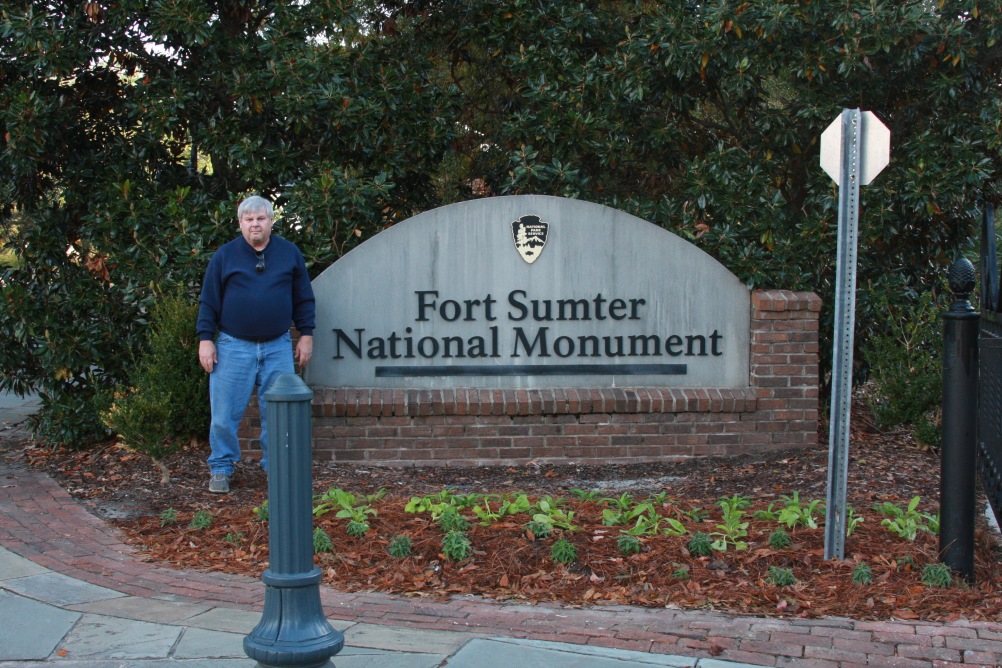
©2023 SKM All text and photos not otherwise credited